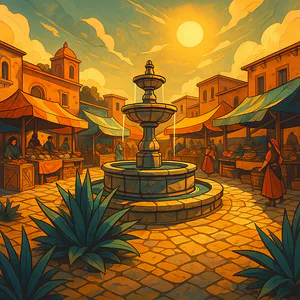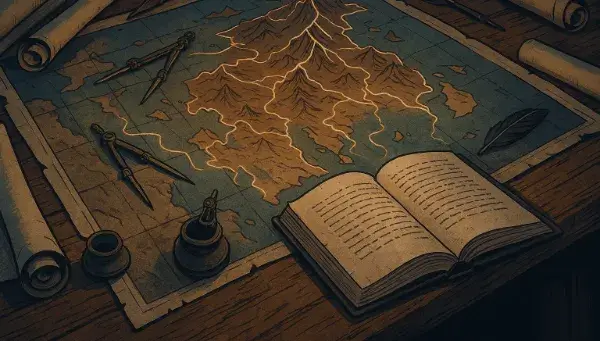Generate plaza names
More Place Name Generators- <% result.name %>
Discover all Story Shack apps
Find the Perfect Name for Your Plaza
Choosing the right name for a plaza can set the tone for the entire space. Use these thought-provoking questions to inspire a name that resonates with the essence of the plaza's purpose and surrounding community.
- What historical figures or events are significant to the area that could inspire a name?
- What natural features, flora, or fauna of the surrounding environment can influence the plaza's name?
- How does the plaza serve the community, and what words embody its spirit?
- What cultural influences or traditions in the area could provide naming inspiration?
- What emotions or experiences do you want visitors to associate with this plaza?
Frequently Asked Questions
Discover the essentials of the Plaza Name Generator and how it can assist you in crafting a meaningful name.
How does the Plaza Name Generator work?
It utilizes a blend of creative concepts and local influences to generate unique names for your plaza with each click.
Can I specify the type of name I want for the plaza?
Currently, you can't specify; however, feel free to generate multiple names until you find one that perfectly fits your vision.
Are the names generated unique?
The names are randomly generated; with unlimited clicks, you’ll uncover a diverse range of options, though some might share similarities.
How many names can I generate?
You can generate an unlimited number of plaza names; simply click ‘Generate’ as many times as you wish.
How do I save my favorite names?
You can copy a name instantly by clicking on it, or utilize the heart icon to save it for future reference.
What are good plaza names?
There's thousands of random plaza names in this generator. Here are some samples to start:
- Settlers' Plaza
- Inspiration Square
- Marble Plaza
- Exploration Plaza
- Phenomenon Plaza
- Utopia Square
- Exploration Square
- Delicacy Square
- Community Square
- Legion Plaza
About the creator
All idea generators and writing tools on The Story Shack are carefully crafted by storyteller and developer Martin Hooijmans. During the day I work on tech solutions. In my free hours I love diving into stories, be it reading, writing, gaming, roleplaying, you name it, I probably enjoy it. The Story Shack is my way of giving back to the global storytelling community. It's a huge creative outlet where I love bringing my ideas to life. Thanks for coming by, and if you enjoyed this tool, make sure you check out a few more!



















































